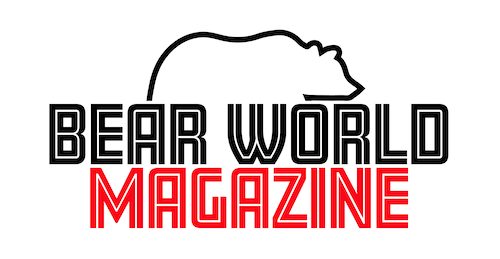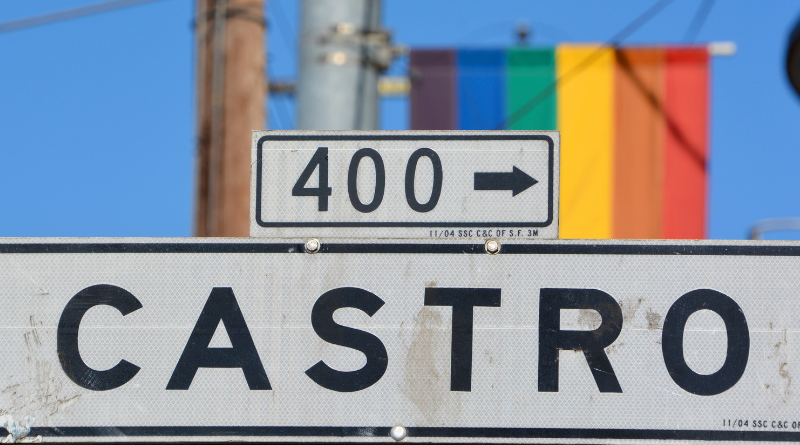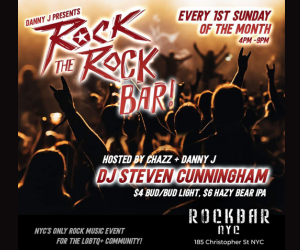Bear Tracks: Origins of Bear Culture Part 2 – The Genius of Place
San Francisco is a magical place, a peninsula surrounded on three sides by water and one by the imagination. Since the 1849 California Gold Rush, dreamers, schemers, eccentrics, and social outsiders have found a haven there to reinvent themselves. The City is known for its tolerance for the different. In Coming Out Under Fire Allen Bérubé documented how San Francisco became gay after World War II. In 1964 Life magazine broadcast the City’s gay leather subculture to the world. Following the clarion call of early 1970s gay liberation, gay men migrated to San Francisco, arriving daily by the hundreds.
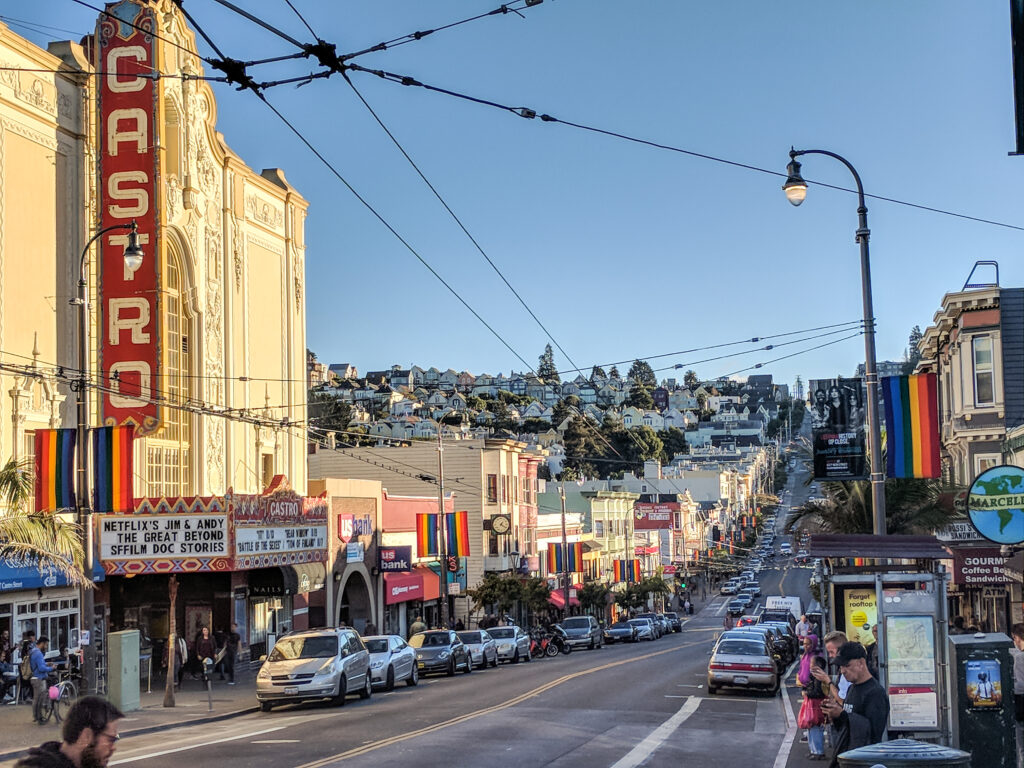
San Francisco is a collection of distinct neighborhoods, each with its own characteristics. In the 1970s gay newcomers settled in a formerly working-class Irish neighborhood which they renamed the Castro District. Gay bars, shops, sex clubs, and bookstores sprang up on Castro and upper Market Streets. The gay community had a physical location. You knew your gay neighbors, you did business with gay merchants, you were part of the gay grapevine.
In the 1980s local self-identifying bears connected with each other through several local channels. The AIDS epidemic was unfolding and AIDS-related wasting syndrome led Castro clones to put on extra weight, signaling health. Extra weight became sexualized. Private sex clubs formed when the bathhouses were shut down. Bears had been turned away as “sexually undesirable,” being turned away at bathhouses and the new private sex clubs. So bears created Bear Hug sex parties. Richard Bulger started Bear, at first a local photocopied ‘zine with photos and personal ads. The internet was just beginning. Because many bears worked in high tech it became another way for bears to connect. Rick Redewill founded the Lonestar Saloon as a gathering place for bears. Part of the Lonestar legend is that the 1989 Loma Prieta hit only weeks after the original bar opened, rendering the building unusable. Redewill quickly opened the new bar at its current location on Harrison Street. (The photo, by Chris Nelson (below), shows patrons standing in front of the original Lonestar bar in 1990.)
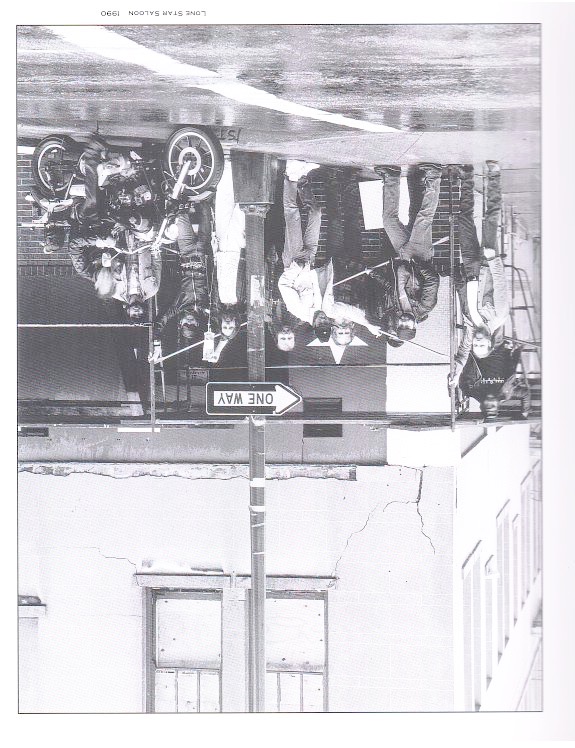
A loosely cohesive bear community took root.
Once again, the clarion call went out from San Francisco. A group of bears organized Bear Expo. I began conducting “What is a Bear?” discussion groups there. IBR—International Bear Rendezvous—a more ambitious convergence organized by the newly formed Bears of San Francisco, replaced Bear Expo, bringing bears together in the largest numbers ever.
The genius of place that San Francisco is proved fertile ground for the incubation of a now mainstream international identity, community, and queer masculinity. Bears were something new under the sun. Once outsiders in their own gay community, bears created a community where they were the insiders, and have now gone mainstream, expanding the space for diversity in the queer world today.
For more information on the history of the Castro:
https://www.kqed.org/w/hood/castro/
https://www.pbs.org/video/the-hidden-cities-of-san-francisco-the-castro-gumu8n/
Help Les K Wright in his quest to document bear history by joining the Bear History Project International where you and a group of like-minded individuals can exchange ideas and help to preserve bear history and culture.
